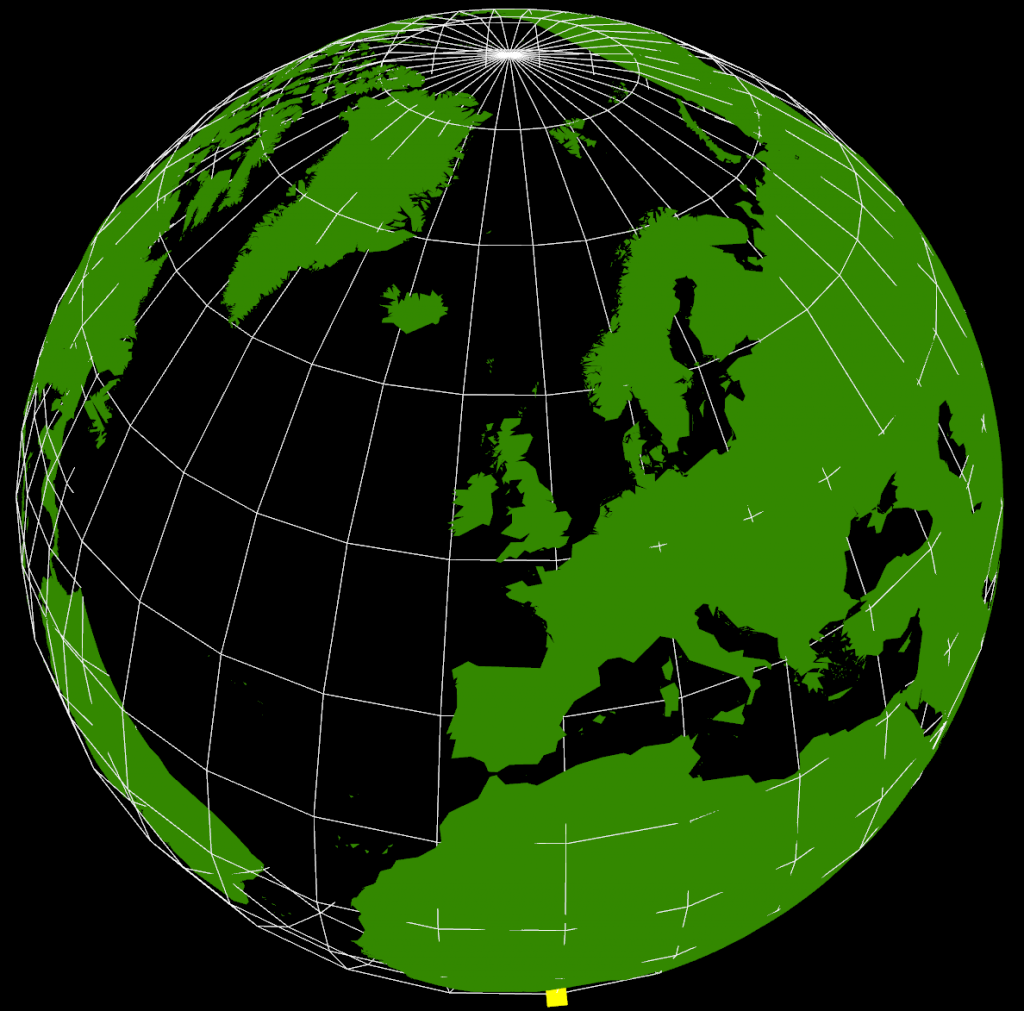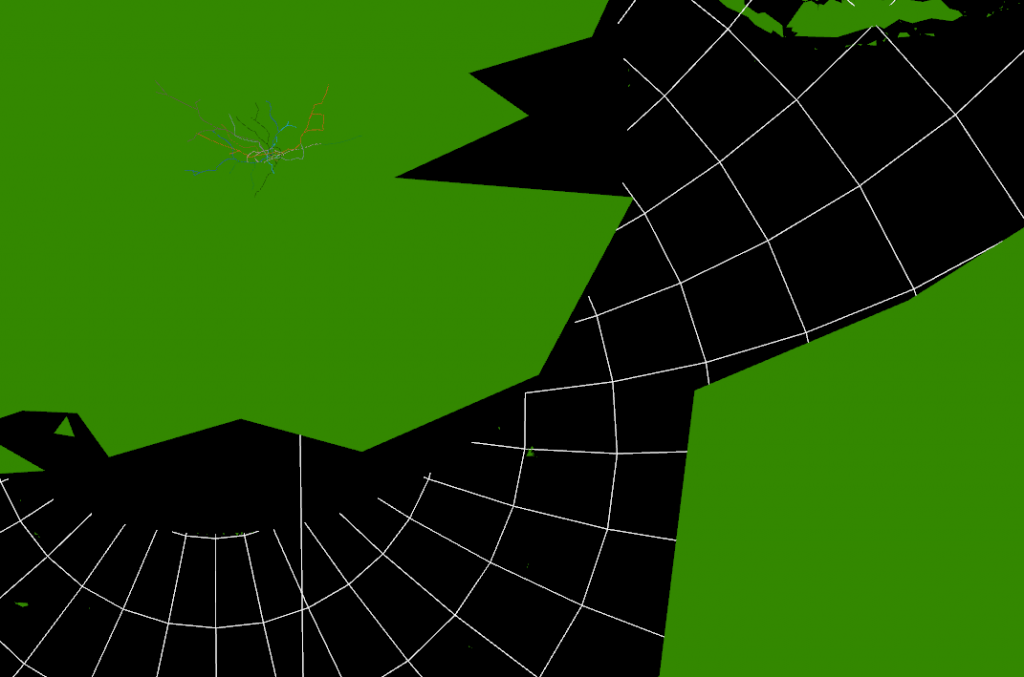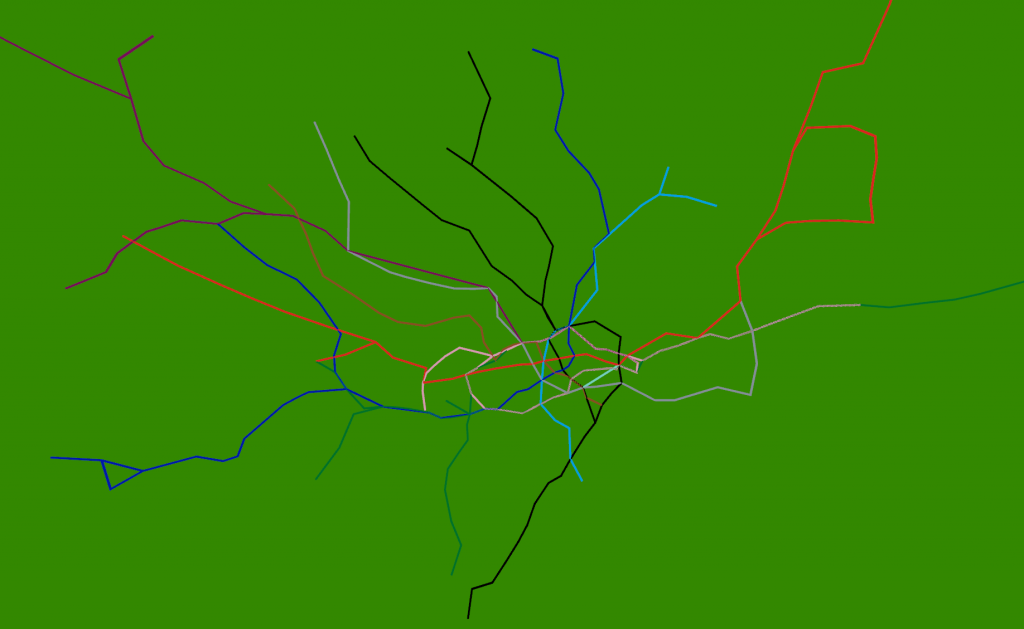Here at the AAG in Los Angeles it has been good to witness at first hand the continued vibrancy and diversity of geographical inquiry. In particular, themes such as Agent-based Modelling, Population Dynamics, and CyberGIS have been well represented alongside sessions on Social Theory, Gender and Cultural and Political Ecology. At Friday’s sessions on big data and its limits (“More data, more problems”; “the value of small data studies”) I learned, however that the function of geography is to push back against those who worship at the atheoretical altar of empirical resurrection, while simultaneously getting off on what one delegate branded the ‘fetishisation of numbers’. The ‘post-positivists’ it seems are far too sophisticated to be seduced by anything so sordid as numerical evidence, while poor old homo quantifactus still can’t quite see past the entrance of his intellectual cave.
Exactly who is being raped here is a moot question however. ( For those unfamiliar with the reference to the ‘rape of geographia’, see the cartoon here: http://www.quantamike.ca/pdf/94-11_MapDiscipline.pdf). Speaking as someone who has spent 30 years in the UK working with GIS, simulation and geocomputation, it is hard to escape the conclusion that the dominatrix of social theory has deployed her whips and chains with ruthless efficiency. Can we therefore be clear on a couple of points. First, the role of geography (and geographers) is not to push back against specific approaches, but to provide the means for spatial analysis (and theory) which complements other (non-spatial) perspectives. Second, whether my data is bigger than your data is not the issue, and any argument which couches the debate in terms of ‘the end of theory’ (cf Anderson, 2008 – http://www.wired.com/science/discoveries/magazine/16-07/pb_theory) is missing the point. New data sources provide immense opportunity for creative approaches to the development of new ‘theories’ of spatial behaviour, and to the testing and refinement of existing theories (which I probably like to call ‘models’, although I’ve not evolved to become a post-positivist yet).
The challenges are tough. It is possible that some current attempts to navigate the big data maze lack rigour because the sub-discipline is so new, but also after 30 years of chronic under-investment in quantitative geography our community struggles to access the necessary skills. Far from pushing back against the mathematicians, engineers and other scientists it may be necessary to engage with these constituencies over a long period of time to our mutual benefit. Observations about what any of us might like to do with numbers in the privacy of our own offices and hotel rooms are a less than helpful contribution to the debate.



